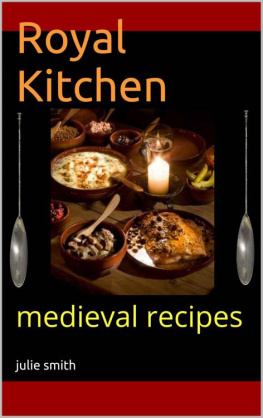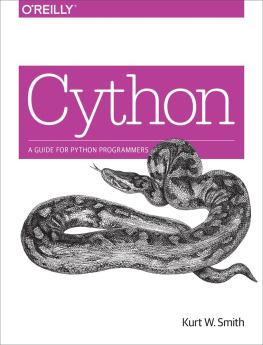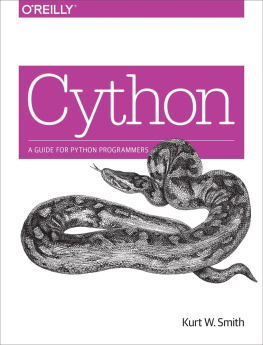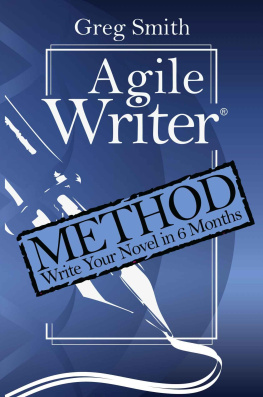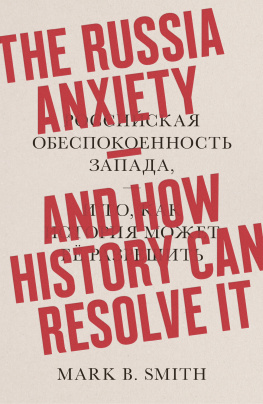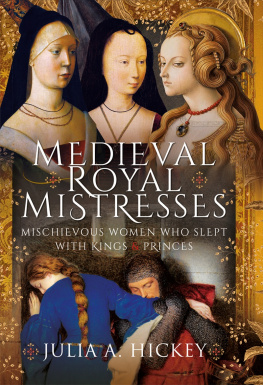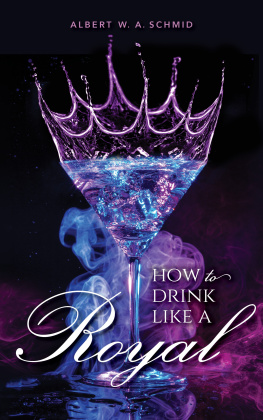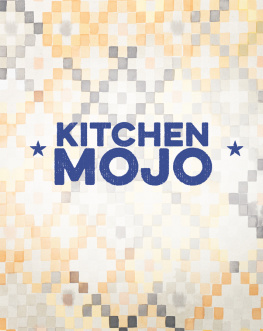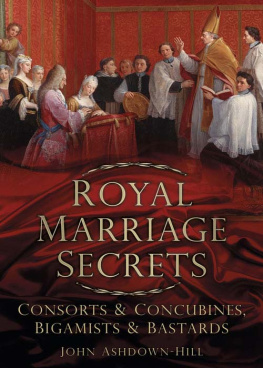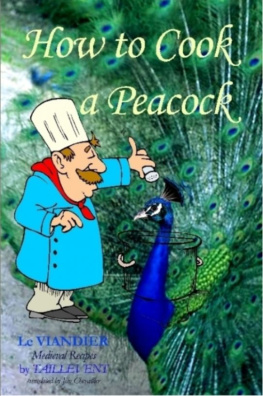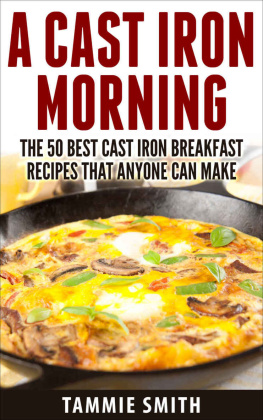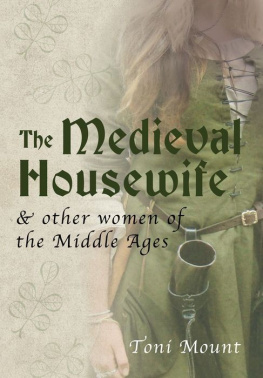Smith - Royal Kitchen: medieval recipes
Here you can read online Smith - Royal Kitchen: medieval recipes full text of the book (entire story) in english for free. Download pdf and epub, get meaning, cover and reviews about this ebook. year: 2015, genre: Home and family. Description of the work, (preface) as well as reviews are available. Best literature library LitArk.com created for fans of good reading and offers a wide selection of genres:
Romance novel
Science fiction
Adventure
Detective
Science
History
Home and family
Prose
Art
Politics
Computer
Non-fiction
Religion
Business
Children
Humor
Choose a favorite category and find really read worthwhile books. Enjoy immersion in the world of imagination, feel the emotions of the characters or learn something new for yourself, make an fascinating discovery.
- Book:Royal Kitchen: medieval recipes
- Author:
- Genre:
- Year:2015
- Rating:4 / 5
- Favourites:Add to favourites
- Your mark:
- 80
- 1
- 2
- 3
- 4
- 5
Royal Kitchen: medieval recipes: summary, description and annotation
We offer to read an annotation, description, summary or preface (depends on what the author of the book "Royal Kitchen: medieval recipes" wrote himself). If you haven't found the necessary information about the book — write in the comments, we will try to find it.
Smith: author's other books
Who wrote Royal Kitchen: medieval recipes? Find out the surname, the name of the author of the book and a list of all author's works by series.
Royal Kitchen: medieval recipes — read online for free the complete book (whole text) full work
Below is the text of the book, divided by pages. System saving the place of the last page read, allows you to conveniently read the book "Royal Kitchen: medieval recipes" online for free, without having to search again every time where you left off. Put a bookmark, and you can go to the page where you finished reading at any time.
Font size:
Interval:
Bookmark:
My new book
by
All Rights Reserved. No part of this publication may be reproduced in any form or by any means, including scanning, photocopying, or otherwise without prior written permission of the copyright holder. Copyright 2012
Table of Contents
1. introduction
A great variety of different dishes were eaten by royalty and nobility. Spices were very popular in this era, and meat or fish were often served with rich, spicy sauces. Ginger, pepper, cloves, and cinnamon were all popular flavorings, as were mustard, vinegar, and verjuice (the juice of unripe grapes). Meat and fish might be boiled, baked or roasted, or made into stews, pies, fritters, etc. There were also other dishes that were popular.
One such dish was a blankmanger, consisting of a paste of chicken blended with rice boiled in almond milk, seasoned with sugar, cooked until very thick, and garnished with fried almonds and anise. Another was a mortrews, of fish or meat that was pounded, mixed with breadcrumbs, stock, and eggs, and poached, producing a kind of quenelle, or dumpling.
Another popular dish was frumenty, made of boiled hulled wheat and milk of almonds, rather like a porridge, to which was added a meat, and saffron and other spices.
A popular dish at feasts for royalty and nobility was a swan, peacock or pheasant that had been carefully removed from its skin, roasted, and then had the skin replaced, so it would be carried into the dining room in its plumage.
Exotic game birds were a popular item at feasts, like rail, bittern, crane , egret and young heron. Other less exotic items might include roast suckling rabbits, and pigeons, beef and mutton (possibly stewed or roasted). Roast meats were nearly always served with a sauce, although some birds, such as curlews, were served only with salt. Sauces were regarded as an important part of a dish and were served separately.
Exotic coloring was often used in feasts, and one dish was described as 'purpil'. This was probably a red coloring, perhaps from 'saunders' a variety of sandalwood much used for coloring, or dragon's blood (a bright red dye obtained from various plants). The appearance of food was very important, and probably most dishes were colored in some way, often with saundres, or with saffron to give a bright yellow, as in frumenty and mawmenny. Another practice, similar to colouring,w as to cover a dish with silver or gold foil. In one case a pig was stuffed with a ****, which was itself stuffed with a mixture of pine nuts and sugar, and the whole roasted. It was then coloured with saffron,a nd gold and silver foil.
An important feature of medieval feast were the 'subtleties', elaborate table decorations introduced at the end of every course. Sometimes a subtlety was an ornament made of sugar or marzipan that was eaten. Anything could be represented. In great feasts it was frequently something relevant to the occasion. For example, at the banquet for the corionation of Katherine, wife of Henry V of England, there were subtleties showing scenes from the life of Saint Katherine.
All medieval feasts took the same general pattern of two, three or four courses, each consisting of several dishes. The more eminent the occasion, the more dishes per course. The order of the dishes within the courses varied. Soup might come first, then eggs, fish and meat, then the entremets such as swans, peacocks or pheasants dressed in their plumage, and finally the dessert. But this was not always the pattern. The fifteenth century Modus Cenandi suggests soup first, then flesh dishes (both animals and birds) followed by pies and pasties, then fried dishes, and finally the dessert, wafers, fruits, light cakes and spiced wine. On fast days soup was to be followed by fish dishes, then 'soft' dishes, and lastly fried puddings. Another fifteenth century manuscript gives an elaborate order for a fish course, with salted fish followed by fried fish, then sea fish, fresh-water fish, roas fish and so on.
I put together the most popular medieval dishes eaten by the royals for century's. I started replicating these royal dinners over six years ago for social gatherings, and the food has always been a hit.
if you are looking to impress, you're in the right place! Hope you enjoy!
2. 14th century royal
Blancmanger 
The dish called Blancmanger in the middle ages was not much like the modern dessert of the same name. This dish, a slightly sweet casserole of chicken and rice, was served all across Europe and appears in just about every medieval cookbook. While often described as being suitable for the infirm, it still found its place on the menus of coronation banquets and wedding feasts.
1 pound chicken
4 cups cooked white rice (about 1 1/2 cup uncooked)
1/2 cup almond milk
1 cup water
2 tsp. sugar
1/2 tsp. salt
1/4 tsp. ginger
1/8 tsp. white pepper
Boil chicken until very tender and allow to cool. Tease meat apart with forks until well shredded. Put meat into a large pot with remaining ingredients and cook over medium heat until thick. Serve hot.
Take Rys, an lese hem clene, and wasshe hem clene in flake Water, and than sethe hem in Watere, and aftyrward in Almaunde Mylke, and do ther-to Brawn of the Capoun aftyrward in-to a-nother almaunde Mylke, an tese it smal sumdele with a pyn, an euer as it wolt caste ther-to, stere it wel; nym Sugre and caste ther-to, then make it chargeaunt; then take blawn-chyd Almaundys, an frye hem, an sette hem a-boue, whan thou seruyst ynne; and 3 if thou wolt, thou my3te departe hem with a Cawdelle Ferry y-wreten before, an than serue forth.
Take faire Almondes, and blanche hem, And grynde hem with sugour water into faire mylke; and take ryse, and seth. And whan they beth wel y-sodde, take hem vppe, and caste hem to the almondes mylke, and lete hem boile togidre til thei be thikk; And then take the brawne of a Capon, and tese hit small, And caste thereto; and then take Sugur and salt, and caste thereto, and serue hit forth in maner of mortrewes.
Take Capouns and see hem, enne take hem up. take Almandes blaunched. grynd hem and alay hem up with the same broth. cast the mylk in a pot. waisshe rys and do erto and lat it see. anne take brawn of Capouns teere it small and do erto. take white grece sugur and salt and cast erinne. lat it see. enne messe it forth and florissh it with aneys in confyt rede oer whyt. and with Almaundes fryed in oyle. and serue it
3. 14th century royal
Ember Day Tart 
This is such a simple dish and so suited to the modern palate that just about everybody and their cousin has their own version. My lady likes it so much that we've been calling it "Emma's Day Tart"
4 Tbsp. butter, melted
1/2 tsp. salt
pinch saffron
6 eggs
1/2 medium onion, coarsley chopped
1/2 lb. soft cheese, grated
1/2 cup currants (zante currants)
1 Tbsp. sugar
1 tsp. parsley
1 tsp. sage
1 tsp. hyssop
1 tsp. powder douce
Grind saffron with salt, mix with butter, and set aside.
Place onions into boiling water and cook until just tender and drain.
Beat eggs and combine with saffron-butter, onions, and remaining ingredients, pour into pastry shell, and bake at 350F for one hour.
Tart in Ymbre day. Take and perboile oynouns presse out e water & hewe hem smale. take brede & bray it in a morter, and temper it up with Ayren. do erto butter, safroun and salt, & raisouns corauns, & a litel sugur with powdour douce, and bake it in a trap, & serue it forth.
Next pageFont size:
Interval:
Bookmark:
Similar books «Royal Kitchen: medieval recipes»
Look at similar books to Royal Kitchen: medieval recipes. We have selected literature similar in name and meaning in the hope of providing readers with more options to find new, interesting, not yet read works.
Discussion, reviews of the book Royal Kitchen: medieval recipes and just readers' own opinions. Leave your comments, write what you think about the work, its meaning or the main characters. Specify what exactly you liked and what you didn't like, and why you think so.

